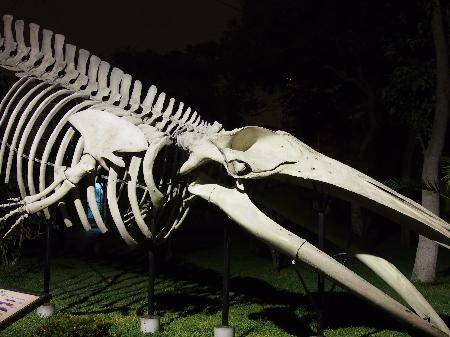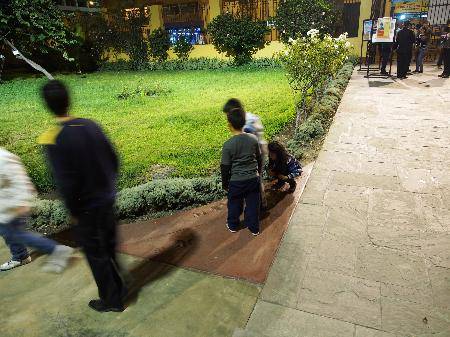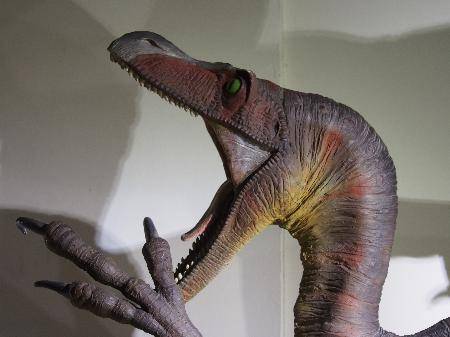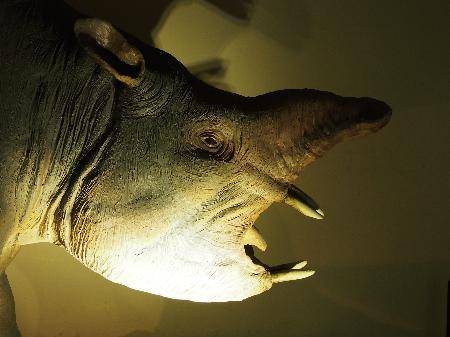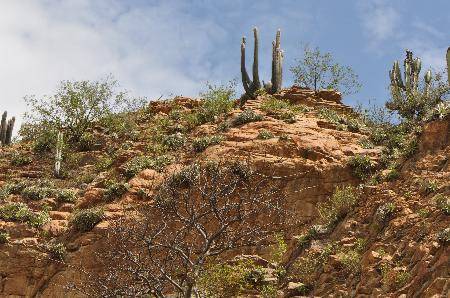Somehow it seems to take longer to get here every time I come… is it me or the journey? I had forgotten that it is the beginning of Lima’s winter, foggy season – no fog yet, but it is cold, grey and a fine mist falls at night. The herbarium cheered me right up though! As usual, colleagues here are welcoming and helpful – there was a lot of new material to look through, many specimens we had left unidentified to puzzle over and the plants from last trip in February to sort out and get ready for export.
Friday was a special night – it was Noche de los Museos (night of the museums), where all of Lima’s many museums (ranging from natural history to art to archaeology) open until 10pm. This may sound pretty commonplace to us in London, where we have open evening events on a regular basis, but for a country like Peru this is a special deal, it has only been done for the past few years. When I lived here in the 1980s there was a curfew, and no one was even allowed out after dark. So having a night out in museums all over the city feels like real progress indeed.
The Museo de Historia Natural, our sister institution, of course participated, and the place was heaving with people. Families, singles, retired couples – all were given special tours and the whole place was open, grounds and all.
The spectacular whale skeletons in the garden were brightly lit…
Children pretending to be dinosaurs and walking in the footprints in the cement near the entrance…
I got further into the public part of the Museo that I had ever gone, and even discovered their dinosaur gallery (I usually rush right by the galleries on my way to the collections). There were some real characters there, all set in the South American context – making it all completely relevant for the local visitor. Here are a couple of my favourites…
A slightly crazed looking Velociraptor…
What I think might be a local tyrannosaur relative with a winning expression and completely ridiculous arms!
Deep in the mammal gallery was this face that only a mother could love…
Perhaps this one should make a visit to the new mammoth exhibition in the Natural History Museum London!
Sunday came and with it the now traditional closing of Avenida Arequipa to vehicle traffic to allow local people to bike, run, walk, roller blade, whatever… this is the equivalent of closing the Strand in London to cars and buses for the day – chaos on the rest of the roads, but loads of Limeños enjoying the space and each other.
With the street shut to traffic people bicycle, walk or just sit in the middle of what on an ordinary day is an environment full of hooting horns and belching smoke.
I managed to sort through all the plants from last time in order to apply for an export permit; I’ll do it together with the plants we will collect this trip, so it will all be a bit of a rush at the end. I’m glad I have had the time to sort things out here in Lima though, there is still of course the shopping for the trip to get done – we need the usual things like plastic sheeting, burlap bags and batteries! I also need to find something special for the Museum of Curiosity where I am invited the day after I get back. What shall I deposit there?
Peru is full of wonderful things; I am definitely spoiled for choice!



